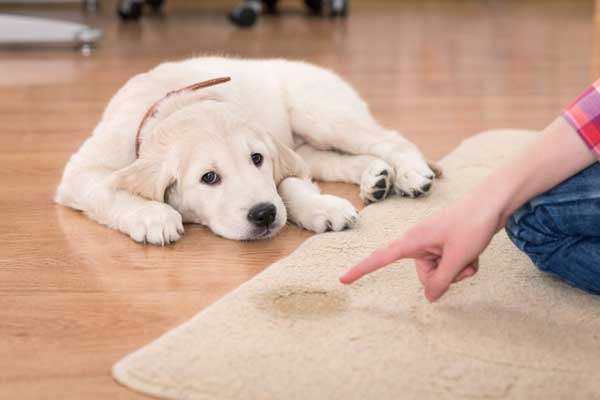More
Is the pavement too hot for your dog's paws? On a 77°F summer day, the temperature of asphalt is already close to 125°F which is hot enough for skin to destruction to occur. The pads on a dog's paws are just as sensitive as your skin, meaning they're just as likely to suffer burns from hot surfaces.
More
Do you remember that uncomfortable feeling of scorching hot sand beneath your bare feet on a hot, summer day? It's painful. 🔥You may not realize this, but that sensation of your skin burning on hot sand is equally painful for dogs.

Is it too hot to walk your dog?
Since dogs' paws can be just as sensitive as humans' feet, dogs are just as likely to get burnt walking on a hot surface as their owner would be. Heat-retaining surfaces can rise exponentially in warm weather, which may burn the pads of your dog's paws. A few examples of heat-retaining surfaces include asphalt, concrete, flat ground, decks, sand and artificial grass.
Check out the infograph above to see how the air temperature affects the temperature of heat-retaining surfaces. When the air temperature is 77°F, the pavement is actually much higher than the temperature you feel outside. According to a study by The Journal of the American Medical Association, when the air temperature is at 77°F, the temperature of pavement is exponentially hotter (approximately 125°F!) which is hot enough for skin destruction to occur in less than 60 seconds.
When the temperature of pavement reaches 135°F, you can actually fry an egg on its surface in about 5 minutes. Pavement can become this hot when the air temperature is around 86°F. On a hot summer day, when temperatures hit 87°F, the temperature of pavement is already at a blistering 143°F!
Please be aware of hot sidewalks and heat-retaining surfaces next time you take your fur friend on a walk.

How to protect paws on hot pavement:
The American Veterinary Medical Association recommends testing the surface temperature of the surface where you intend to walk to check if it's safe to proceed.
A quick way to check the surface temperature of the ground is to place the back of your hand against it and hold it there for 7 seconds. If your struggle to keep your hand on the surface, then it's a sign that it's too hot for your dog's paws. If the surface feels hot to touch, it's a good idea to wait until outdoor temps cool down before taking your pup on a walk. Rule of thumb: if it's too hot for you, it's too hot for your dog.
Another safety tip to help prevent heat injuries is to stick to natural grass rather than exercising your dog on heat-retaining surfaces. Consider investing in a pair of dog booties or socks, or a topical ointment such as Musher's Wax for added heat protection.
Avoid exercising with your dog during the afternoon or hottest times of the day. Enjoy an early morning or evening walk with your dog when the weather is cooler and surface temperatures drop.

Have your dog's paws been burned? Signs to look for:
In many cases, dogs are so excited to be out on an adventure that they don't realize their paws are burning. However, sometimes dogs may show signs of heat injuries such as limping, licking the feet, not wanting to walk, or a red or pink color change in their paw pads. If you find burn blisters or pieces of missing paw pads, take your dog to the veterinarian immediately.
Be sure to have a pet first aid kit prepared in case this situation occurs. Here's how to prepare your own Dog First-Aid Kit.
Stay safe out there with your fur friends! Be cautious of hot sidewalks and surfaces this summer when walking your dog. Don't accidentally turn your hot dog into a hotdog.
Sources:
Journal of the American Medical Association
https://www.vets-now.com/2017/06/never-walk-dogs-hot-asphalt-tarmac-pavements-artificial-grass/
https://www.grandstrandhumanesociety.com/summer-safety-for-dogs-and-hot-pavement/




